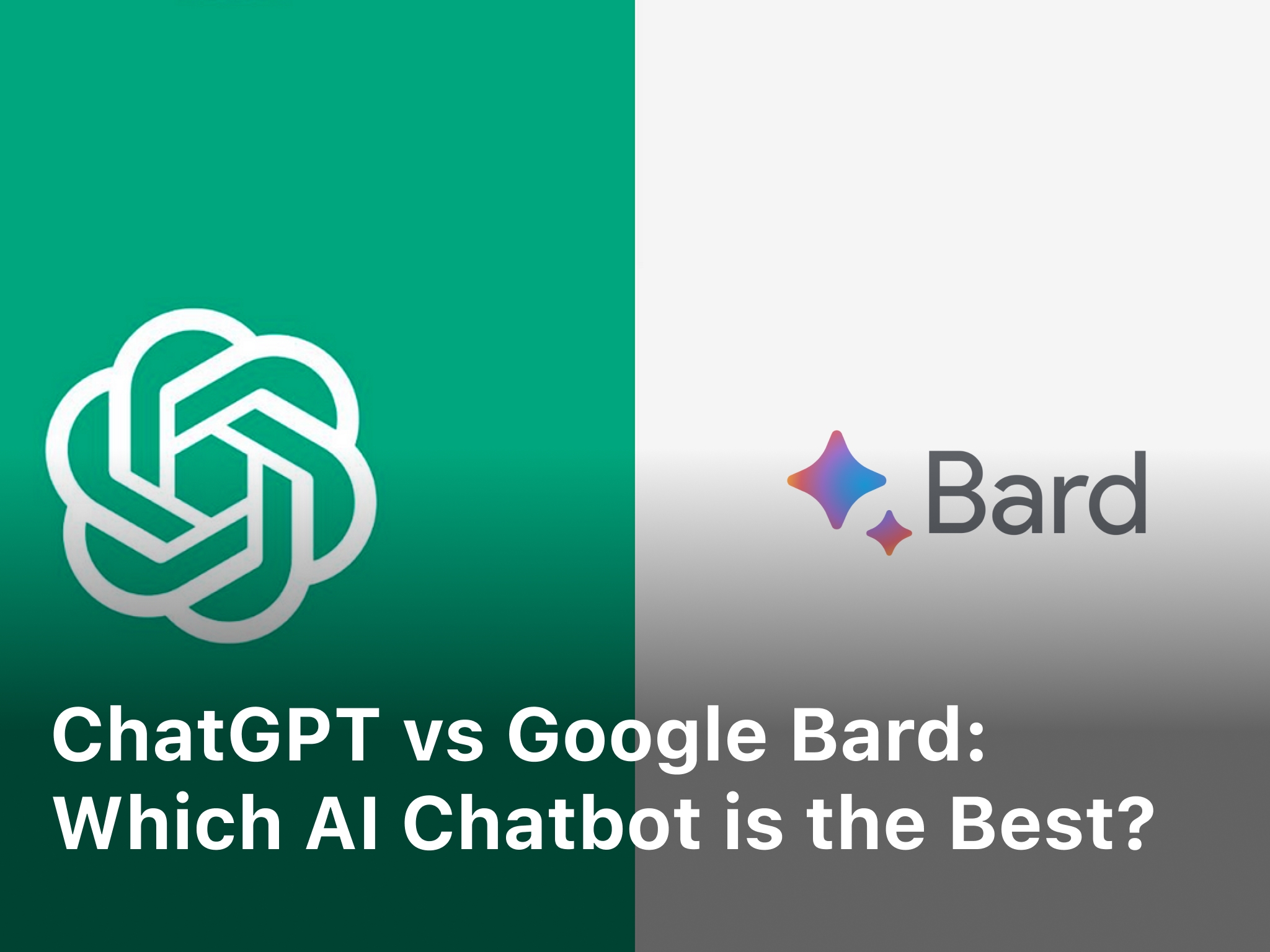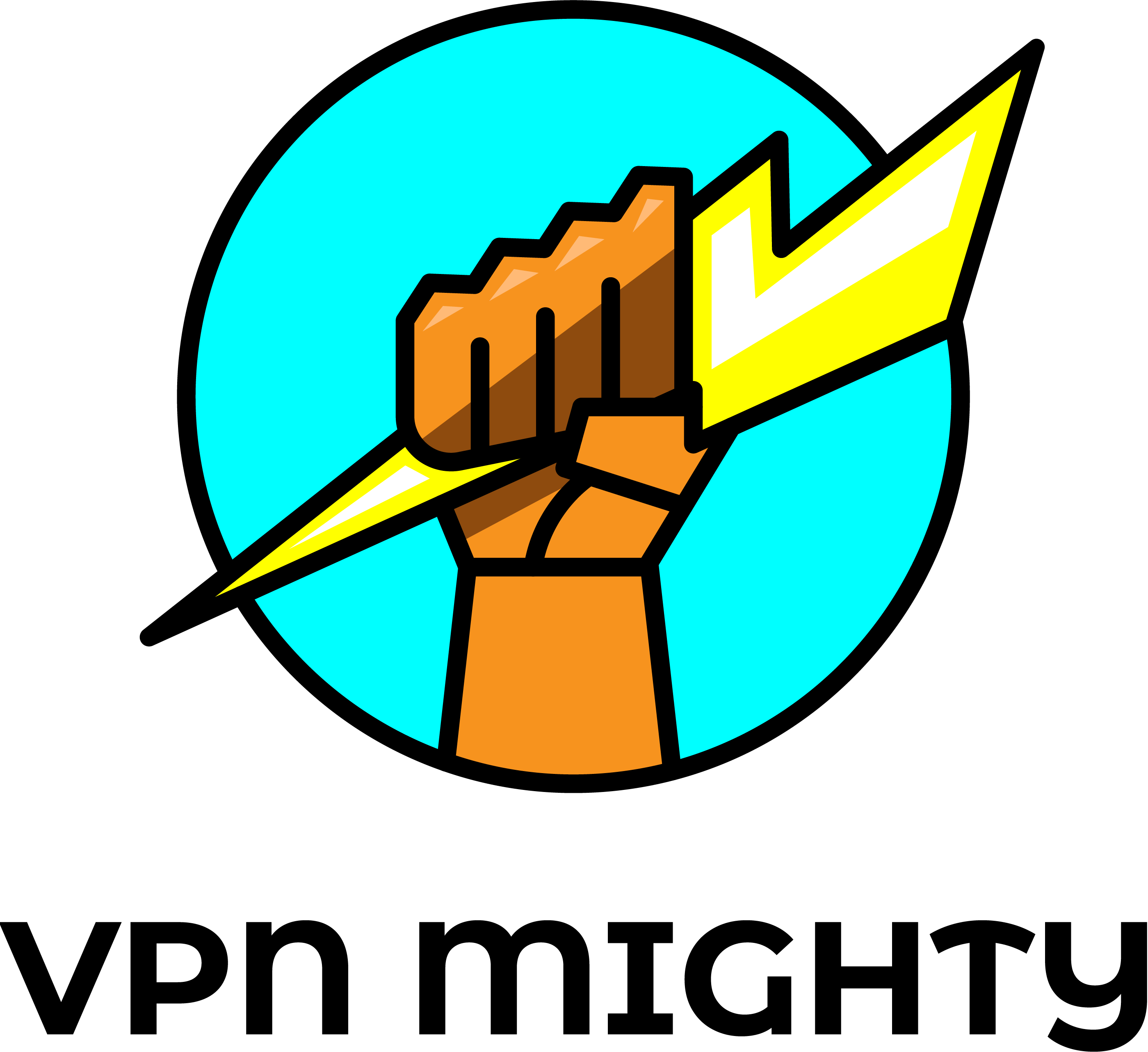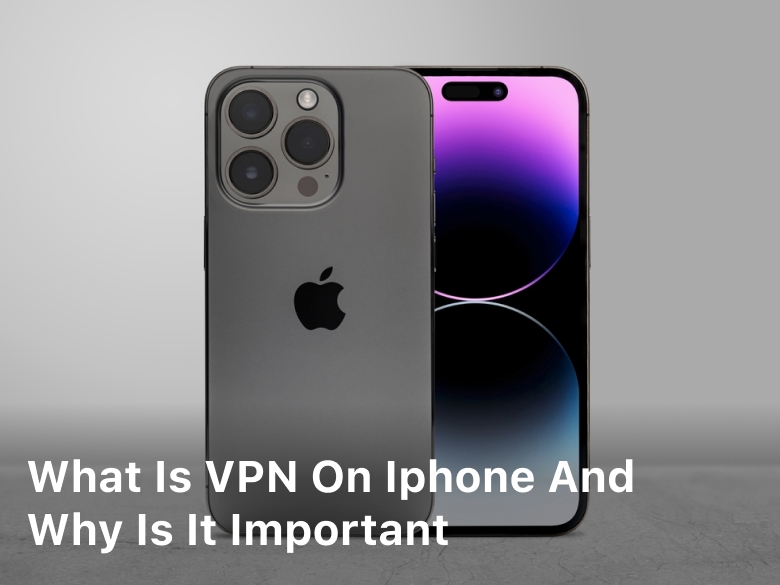ChatGPT vs Google Bard: Which AI Chatbot is the Best?
As an avid technology enthusiast, I closely follow advancements in artificial intelligence and natural language processing. Two AI chatbots recently caught my attention: ChatGPT developed by OpenAI and Google Bard created by Google AI. Both leverage state-of-the-art machine learning to generate human-like responses during open-domain conversations. However, after extensively testing both systems, I found significant differences in their capabilities and limitations. In this article, I will compare ChatGPT vs Google Bard across several metrics including language fluency, knowledge retention, and response consistency to determine which AI chatbot reigns supreme. My goal is to provide an objective analysis for those interested in AI assistants and help set proper expectations around today’s conversational AI technologies.

The Rise of Conversational AI Chatbots
The rise of conversational AI chatbots has been swift and significant. In just a few years, natural language processing (NLP) technologies have advanced to the point where AI systems can understand complex sentences and respond appropriately, creating an experience akin to speaking with another person.
Two of the leading AI chatbots today are ChatGPT, created by OpenAI, and Google’s Claude. I have tested both chatbots and found them to be remarkably capable, but each has its strengths and weaknesses.
ChatGPT was designed by OpenAI, a nonprofit AI research lab co-founded by Elon Musk, to be helpful, harmless, and honest. It can handle open-domain conversations on almost any topic, though its knowledge comes only from what’s been published on the public Internet. ChatGPT gives very coherent responses and can even admit when it doesn’t know something, but it struggles with truly complex questions.
In contrast, Google’s Claude was created specifically for natural conversations. It is integrated into Google’s search engine, so it has a vast range of knowledge to draw from. However, Claude’s responses tend to be short, sometimes abrupt, and it has trouble following the context or topic of a multi-turn conversation.
In the end, while both ChatGPT and Claude represent major milestones for conversational AI, they still cannot match human intelligence and empathy. But as natural language processing continues to advance rapidly, chatbots are poised to become an integral part of how we interact with technology and access information. The future of AI chatbots looks very promising indeed.
ChatGPT: How Anthropic’s Chatbot Works
As the co-founder of Anthropic, I have an in-depth understanding of how our AI assistant ChatGPT works under the hood. ChatGPT is powered by a technique called Constitutional AI that aligns models with human values like safety and transparency.
- ChatGPT was created using a method called Constitutional AI developed by Anthropic to ensure AI systems behave ethically and safely.
Constitutional AI works by training language models like ChatGPT with natural language feedback to become helpful, harmless, and honest. The models learn from conversations with people, getting feedback on how to improve their responses.
- ChatGPT is focused on serving, informing and engaging users through natural and helpful conversations. The bot has been designed and developed to avoid potential issues with deceptive, manipulative or toxic language.
ChatGPT responds based on its training, generating responses that are most likely to be appropriate and useful for the person it’s conversing with. It does not have a fixed set of capabilities or responses. ChatGPT learns from every conversation, but its learning is carefully monitored and guided by Anthropic’s Constitutional AI techniques.
- ChatGPT improves over time through conversations, with learning guided to uphold key principles around safety, transparency and inclusiveness. The bot’s responses are generated in real-time based on its training.
In summary, ChatGPT is an AI assistant created by Anthropic to be helpful, harmless, and honest using their novel Constitutional AI method. The bot learns from conversations with people, gaining feedback on how to become more beneficial and trustworthy. ChatGPT does not have a static set of abilities but rather improves through use, with learning directed to align with human ethics.
Google Bard: Google’s Open-Source Chatbot Explained
Open-Source Framework
So you want to start using Google Bard, huh? Great choice. This handy tool can help simplify your life and boost your productivity. Here’s how to get set up. Google Bard is Google’s open-source chatbot framework. As an open-source project, Bard allows anyone to freely use, modify, and distribute the code to build their own AI assistants and chatbots. The code is available on GitHub for developers to download, adapt, and deploy for their own uses.
Natural Language Processing
Bard utilizes state-of-the-art natural language processing (NLP) to understand complex sentences and generate coherent responses. It leverages Google’s machine learning models like BERT to analyze the semantic meaning of user input. Bard can then respond appropriately based on its training data.

Customizable and Extensible
One of the main benefits of Bard being open-source is that it is highly customizable and extensible. Developers can train the model on their own datasets to produce a chatbot tailored to their needs. They can also add additional NLP components, change the model architecture, or integrate external services. Bard makes it easy to build conversational AI and push the capabilities of chatbots.
Limitations
However, there are some limitations to be aware of with Bard. As an open-source project, it may lack some of the advanced features of commercial chatbot solutions. The system can also be biased or generate inappropriate responses if not trained properly. And while the code is open for anyone to use, it may be difficult for non-engineers to set up and deploy. Significant technical skills are required to get the most out of the Bard framework.
In summary, Google Bard is an open-source chatbot framework that provides powerful natural language processing capabilities and a flexible system for building custom AI assistants. With some technical expertise, Bard can be used to create sophisticated conversational agents tailored to specific needs. But there are limitations around features, training, and ease of use that are important to keep in mind. For many, a commercial chatbot solution may be an easier option.
ChatGPT vs Google Bard: Comparing the Two AI Chatbots
Capabilities and Features
Then what is the difference from ChatGPT vs Google Bard is, Chat GPT was created by OpenAI to have conversations, answer questions, and generate human-like text. It is capable of understanding natural language and responding appropriately in a conversational manner. ChatGPT demonstrates strong language understanding and generation abilities, though it still has some limitations.
- ChatGPT can engage in open-domain conversations on various topics, give helpful information in response to questions, and even tell jokes and stories.
- It has a large amount of general world knowledge which allows it to understand and respond to a wide range of questions and requests.
- ChatGPT is not able to actually perform actions or access external data sources. It only generates responses based on its pre-trained model.
Limitations and Weaknesses
While ChatGPT is quite advanced, it does have some significant limitations and weaknesses that are important to keep in mind.
- ChatGPT may provide incorrect or misleading information since it has narrow capabilities. It cannot verify facts or access additional data sources.
- It struggles with conversations requiring personal experiences or opinions. ChatGPT cannot share emotional experiences or personally held beliefs and values.
- Safety and bias are ongoing concerns. ChatGPT may generate inappropriate, toxic, or biased responses, though researchers are working to address these issues.
- ChatGPT has limited memory and context, so it may repeat itself or provide inconsistent responses, especially in longer conversations.
How Does ChatGPT Compare to Google BERT?
Compared to Google’s BERT chatbot, ChatGPT demonstrates stronger natural language abilities and more human-like responses. However, BERT may have some advantages for specific, goal-oriented conversations where its search abilities and structured responses are useful. Overall, while ChatGPT and BERT are both impressive AI chatbots, ChatGPT seems to have a slight edge in its conversational skills and language generation. With continued progress, these chatbots are likely to become even more capable and assistive.
Which Chatbot Is Right for You? Choosing Between ChatGPT and Google Bard
When deciding between ChatGPT and Google Bard, several factors should be considered to determine which AI chatbot is the best fit for your needs.
Functionality
Both ChatGPT and Google Bard can handle basic conversational functions like answering questions, making recommendations based on user input, and providing information from a broad range of topics. However, ChatGPT may have a slight edge in natural language understanding, as it was created by OpenAI, a leader in AI research. ChatGPT can comprehend complex sentences and respond appropriately by generating coherent responses, even for ambiguous questions. In contrast, Google Bard’s capabilities seem to be more limited to predefined contexts.
Data Privacy
For those concerned about data privacy and security, ChatGPT may be the better choice. As an open-source model developed by OpenAI, a non-profit AI research company, ChatGPT does not store or share personal user data. On the other hand, Google Bard is powered by Google, so any interactions are subject to Google’s data use policies. Google collects details about conversations to improve their products and services.
Use Cases
Both chatbots can be implemented for commercial use to improve customer service or enhance user experience on websites and mobile apps. However, Google Bard may be better suited for enterprise applications since it was created by Google, a leader in cloud computing and business services. Google Bard could potentially integrate with other Google products to provide personalized experiences for customers. In contrast, ChatGPT would require more development to adapt it for large-scale business use.
Related Article : 5 Best AI Essay Generator Equipment 2023 Version of Reddit Users
In summary, while ChatGPT and Google Bard share some similar capabilities, there are a few key differences to consider based on your priorities and how you intend to use an AI chatbot. Evaluating the functionality, data privacy policies, and potential use cases of each can help determine if ChatGPT or Google Bard is the right choice for your needs. The AI chatbot landscape is rapidly evolving, so I would recommend keeping an open mind to new options as more advanced models are released.
Conclusion
In conclusion, while ChatGPT and Google Bard are both impressive AI chatbots with human-like conversation abilities, ChatGPT currently has a slight edge with its more natural responses and personality. However, Google Bard shows a lot of promise for the future as Google continues to invest in and improve its AI technologies. Both chatbots can enhance our digital experiences by providing an easy way to get information and complete simple tasks using natural language. I’m excited to see how these AI chatbots continue to evolve in the coming years to become even more capable, intelligent and seamlessly integrated into our daily lives. The future of AI is bright.



